design
Elegant & intricate, our jewelry designs blend tradition with innovation.
Design Process
Our design process blends creativity with precision, crafting unique jewelry pieces.
Design Research and Inspiration Gathering

Design Research
Conduct in-depth market trend analysis to understand consumer preferences and needs.
Study the latest materials, technologies, and techniques in the jewelry industry.
Examine competitor products, analyzing their design features and market reception.
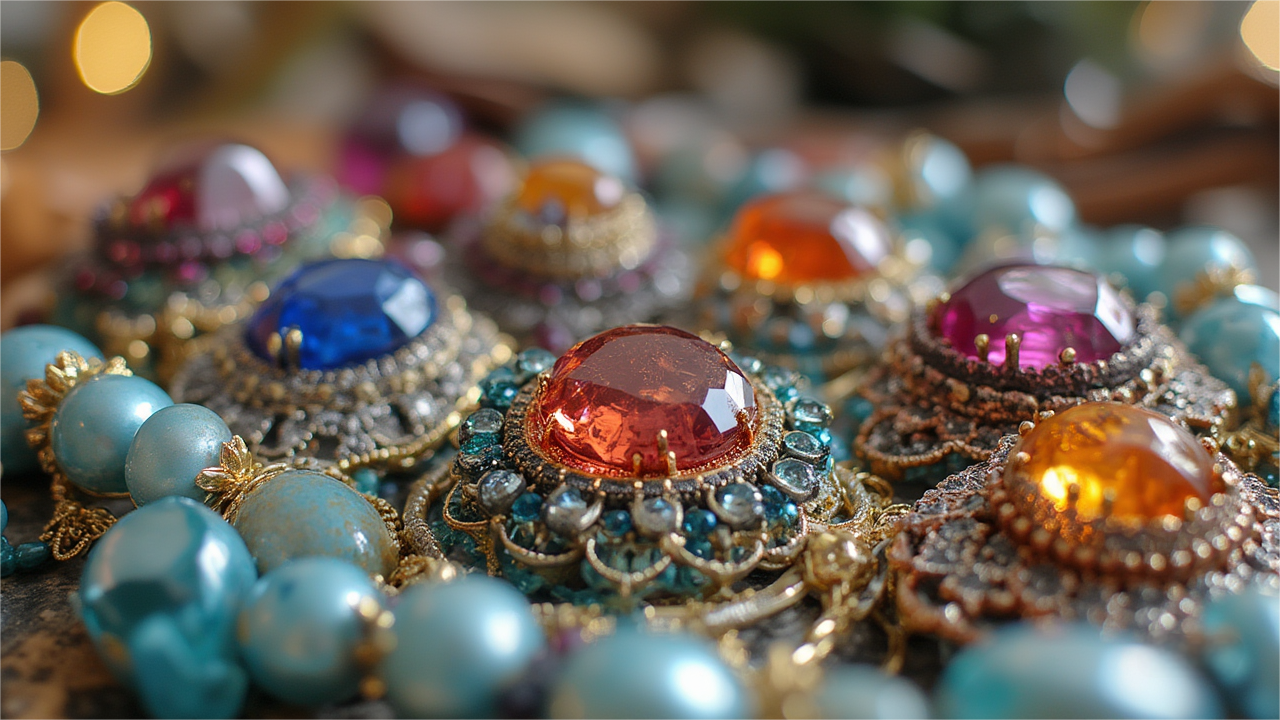
Inspiration Gathering
Obtain design inspiration by visiting art exhibitions, museums, and jewelry expos.
Draw inspiration from various fields such as nature, culture, and history to form design concepts.
Create mood boards to organize collected inspiration elements including styles, details, user preferences, and materials.
Design Sketches and Preliminary Concepts

Hand-Drawn Sketches
Utilize tools such as pencils and gouache to initially sketch designs on paper.
Experiment with different design styles and combinations of elements to explore design possibilities.
Continuously communicate with clients, adjusting the design direction based on feedback.

Preliminary Concepts
Establish the design theme and core concept, such as love, nature, or fashion.
Conceive the overall shape, structural proportions, and decorative details of the jewelry.
Consider the selection of gemstones and setting methods to ensure harmony with the overall design.
Design Refinement and Computer-Aided Drafting
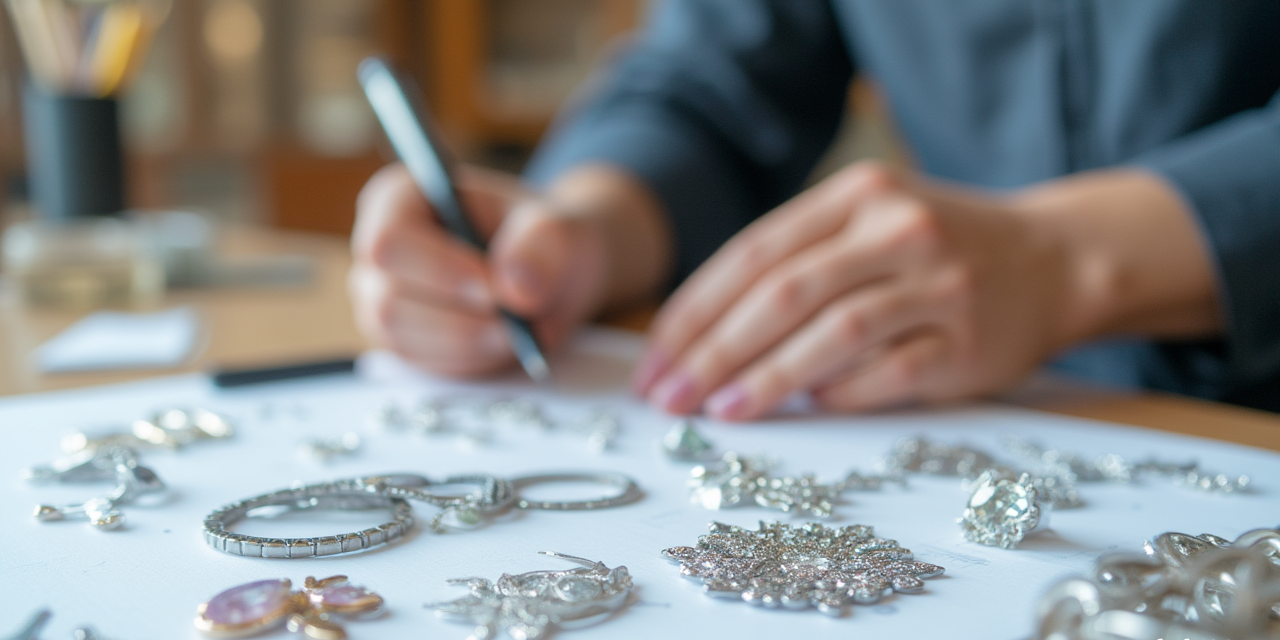
Design Refinement
Refine the hand-drawn sketches, improving the design details and proportional relationships.
Create detailed design drawings, annotating dimensions, materials, and process requirements for each part.
Optimize the design considering wearing comfort and durability.

Computer-Aided Drafting
Utilize CAD jewelry design software for three-dimensional modeling, transforming the design drawings into virtual models.
Leverage the software's parametric modules to rapidly generate standard components such as settings, gemstones, and ring bands.
Render and present the virtual models to simulate the real-life appearance of the jewelry.
Design Review and Revision
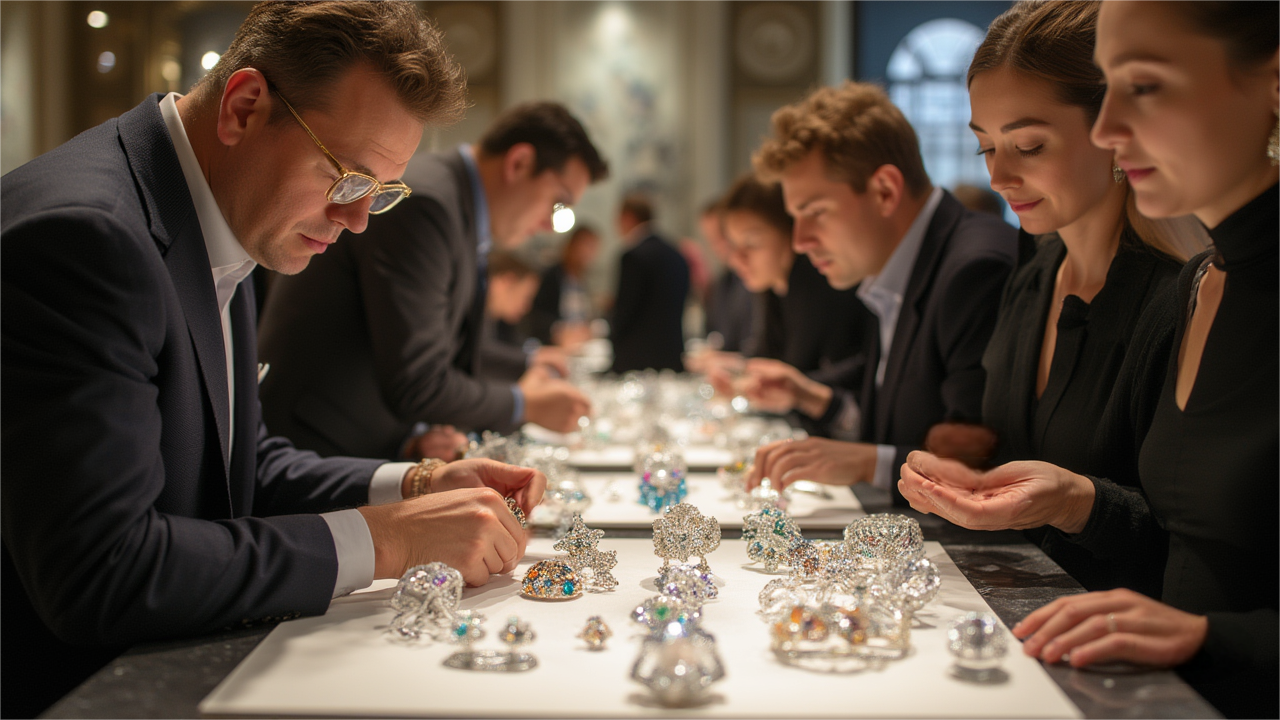
Design Review
Organize a design review session with the design team and experts to evaluate the feasibility and innovation of the design.
Collect review comments and make necessary adjustments and optimizations to the design.
Ensure that the design aligns with the brand's philosophy and market demands.
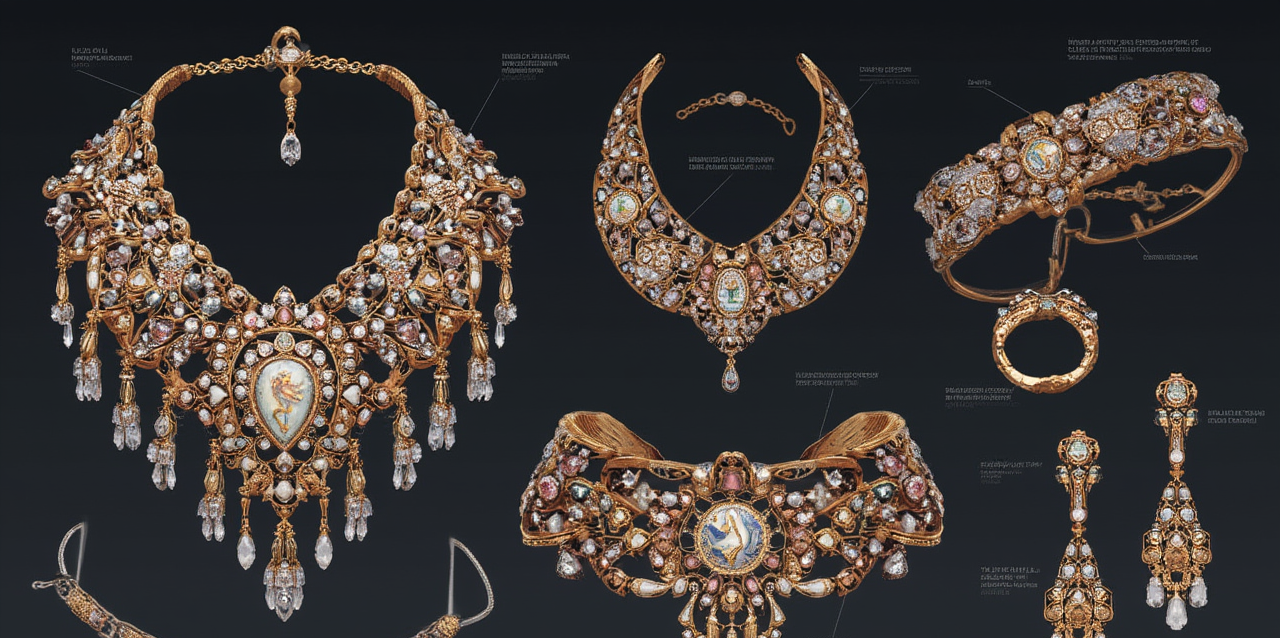
Revision and Perfection
Based on the review comments, repeatedly revise and refine the design.
Continuously communicate with the client to ensure that the design meets their expectations and requirements.
Finalize the design scheme and prepare for the next production phase.
Distinctiveness
Our jewelry designs stand out with unique creativity, exquisite craftsmanship, and perfect fit for diverse tastes.

Creativity & Personalization
Designers can fully exert their creativity through various methods such as hand-drawn sketches and computer graphics to design unique jewelry pieces.
Customized jewelry allows consumers to participate in the design process, tailoring jewelry to personal preferences and needs, satisfying individualized demands.
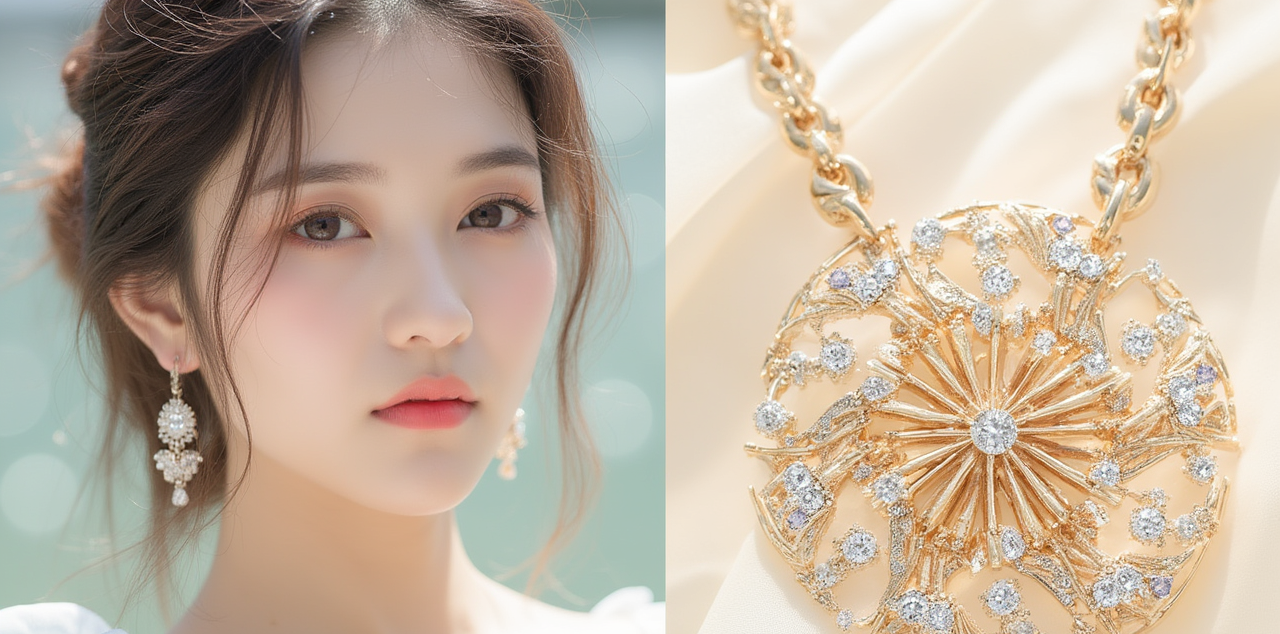
Detail & Quality
Designers meticulously refine design details, ensuring that every part of the jewelry meets high standards.
Handcrafted and finely finished, the jewelry guarantees exceptional quality and superb craftsmanship.
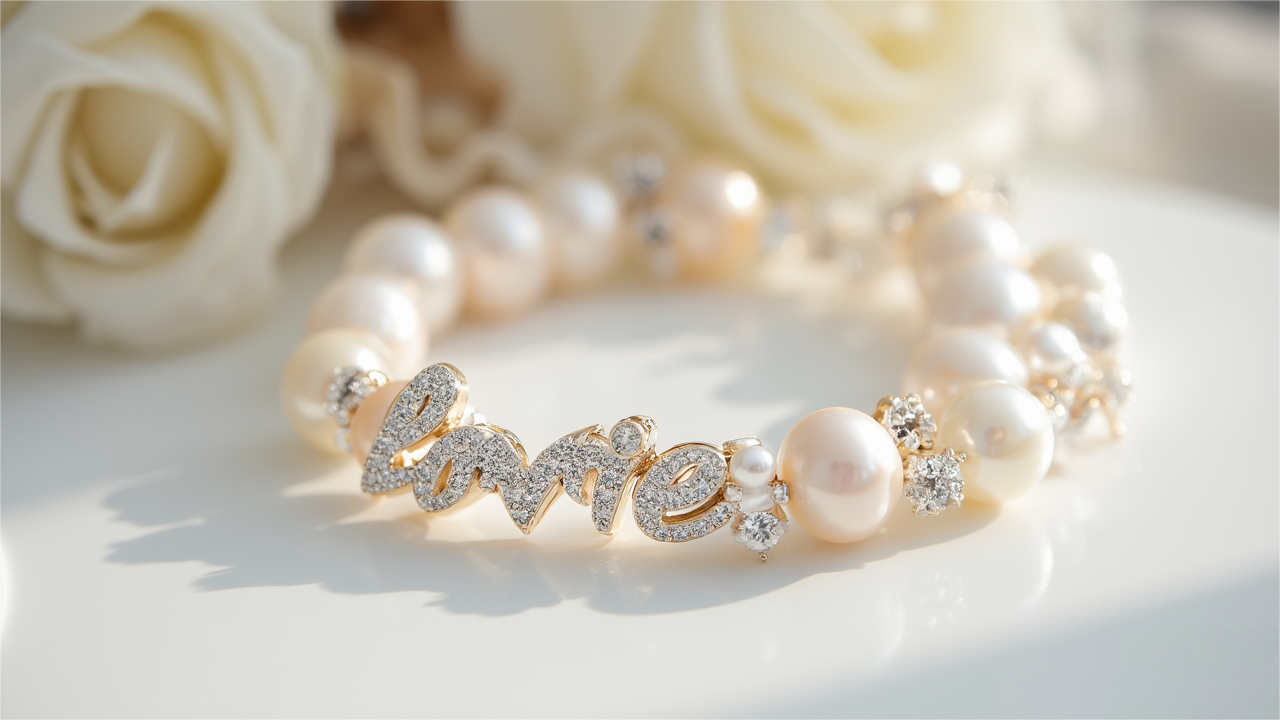
Emotion & Memorial Value
Customized jewelry can carry special emotional and memorial significance, such as for engagements, weddings, or special gifts to loved ones.
Close communication between designers and consumers enhances the emotional value of the jewelry.

Market Adaptability
Through market research and consumer feedback, designers can understand market needs and design jewelry pieces that keep up with trends.
A flexible design process allows designers to quickly respond to market changes and adjust design strategies.
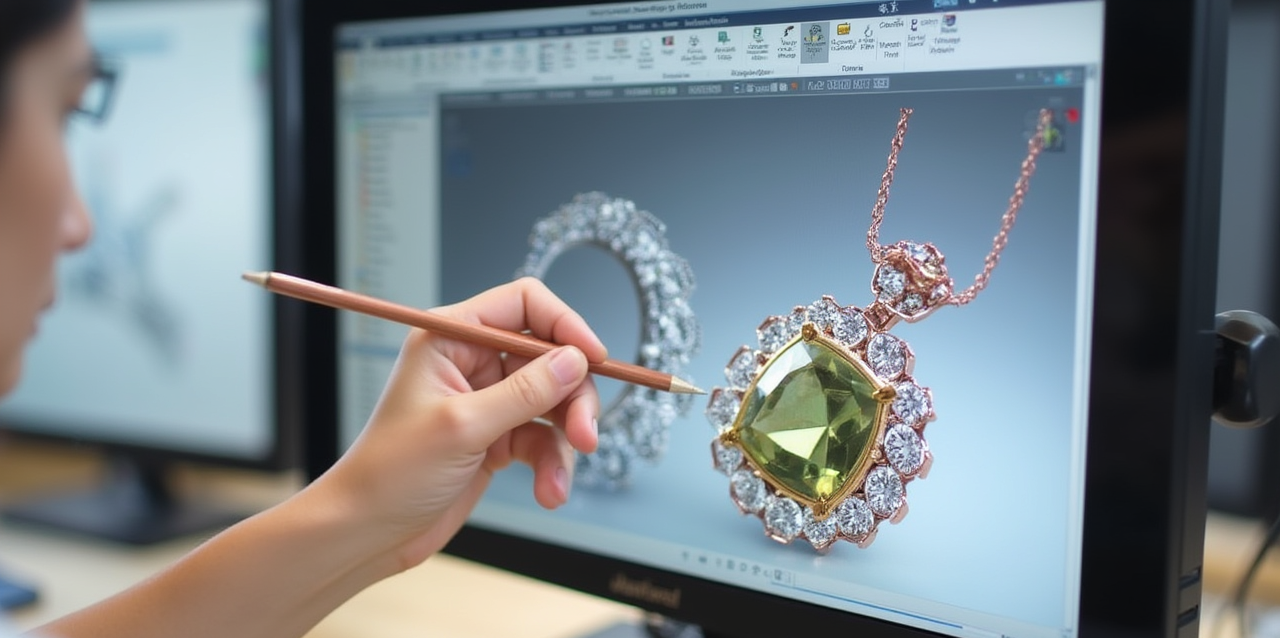
Digital Design
Enhancing Design Efficiency:
Utilizing jewelry design software such as CAD for 3D modeling and rendering can significantly shorten the design cycle.
Improving Design Accuracy:
Digital design enables precise calculation of jewelry dimensions, proportions, and details, reducing errors in the production process.
Facilitating Modification & Optimization:
Digital design files are easy to save and modify, allowing designers to make adjustments according to customer requirements at any time.


